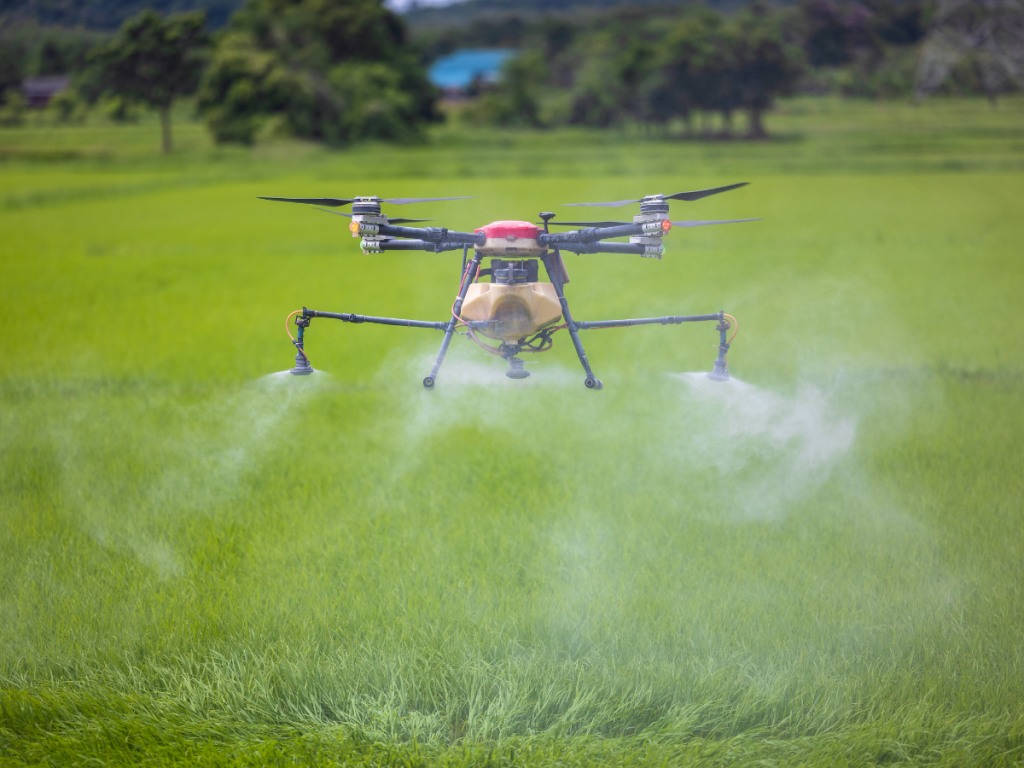
In recent years, the use of drones has surged across various sectors, and India is no exception. Among the most promising applications of drone technology is “drone framing,” a term that encompasses the use of drones for agricultural purposes, particularly in crop monitoring, precision farming, and land surveying. As India grapples with the challenges of feeding its vast population while dealing with climate change and resource constraints, drone framing emerges as a game-changer in the agricultural landscape.
Understanding Drone Framing
Drone framing refers to the use of unmanned aerial vehicles (UAVs) equipped with advanced imaging technology to capture high-resolution images and data of agricultural fields. These drones can be outfitted with various sensors, including multispectral, thermal, and RGB cameras, allowing farmers to gather critical information about their crops and land conditions.
Key Benefits of Drone Framing
- Precision Agriculture: Drones enable farmers to monitor their fields with unparalleled accuracy. By analyzing the data collected, farmers can identify areas that require more attention, such as irrigation, fertilization, or pest control. This targeted approach not only enhances crop yield but also reduces waste and lowers costs.
- Time and Cost Efficiency: Traditional methods of surveying and monitoring crops can be time-consuming and labor-intensive. Drones can cover large areas in a fraction of the time, allowing farmers to make quicker decisions and implement timely interventions.
- Real-Time Data Collection: Drones provide real-time data, enabling farmers to respond promptly to changing conditions. Whether it’s detecting a pest outbreak or assessing the impact of a recent rainfall, having immediate access to information can significantly improve farm management.
- Sustainability: By optimizing resource use, drone framing contributes to sustainable farming practices. Farmers can apply fertilizers and pesticides more judiciously, minimizing environmental impact while maximizing productivity.
- Accessibility: With the increasing affordability of drone technology, even smallholder farmers can access these tools. This democratization of technology is crucial in a country like India, where a significant portion of the agricultural workforce consists of small and marginal farmers.

The Regulatory Landscape
While the potential of drone framing in India is immense, it is essential to navigate the regulatory landscape. The Directorate General of Civil Aviation (DGCA) has established guidelines for the operation of drones in India, including licensing requirements and operational restrictions. Farmers and agribusinesses must comply with these regulations to ensure safe and responsible drone use.
The Indian government has also recognized the importance of drone technology in agriculture and has initiated various programs to promote its adoption. The “Kisan Drones” initiative aims to provide farmers with access to drone technology for crop monitoring, spraying, and other agricultural activities.
Challenges Ahead
Despite the promising prospects, several challenges remain in the widespread adoption of drone framing in India:
- Awareness and Training: Many farmers are still unaware of the benefits of drone technology. Comprehensive training programs are needed to educate farmers on how to operate drones and interpret the data collected.
- Infrastructure: The lack of adequate infrastructure, such as charging stations and maintenance facilities, can hinder the effective use of drones in rural areas.
- Data Privacy and Security: As with any technology that collects data, concerns about privacy and data security must be addressed. Clear guidelines and protocols should be established to protect farmers’ information.
- Cost of Technology: While drone prices have decreased, the initial investment can still be a barrier for many small farmers. Financial support and subsidies from the government can help alleviate this issue.
The Future of Drone Framing in India
As technology continues to evolve, the future of drone framing in India looks promising. Innovations such as artificial intelligence (AI) and machine learning (ML) are set to enhance the capabilities of drones, allowing for even more sophisticated data analysis and decision-making.
Moreover, as climate change poses increasing threats to agriculture, the ability to monitor and respond to environmental changes in real-time will be invaluable. Drones can play a crucial role in helping farmers adapt to these challenges, ensuring food security for the nation.
In conclusion, drone framing represents a significant leap forward in agricultural practices in India. By harnessing the power of drone technology, farmers can improve productivity, sustainability, and resilience in the face of an ever-changing agricultural landscape. As we move forward, it is essential to foster collaboration between the government, technology providers, and farmers to unlock the full potential of drone framing and create a more sustainable future for Indian agriculture.
